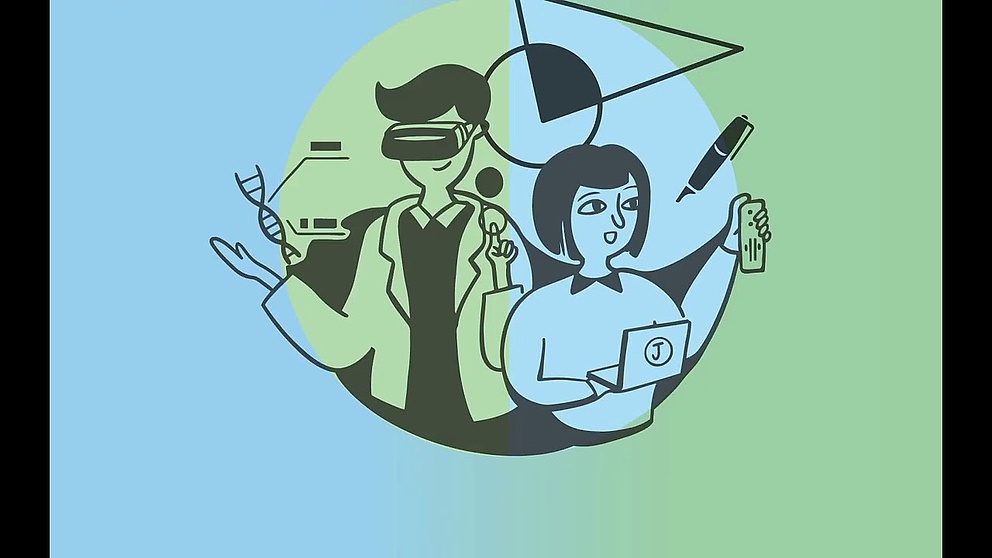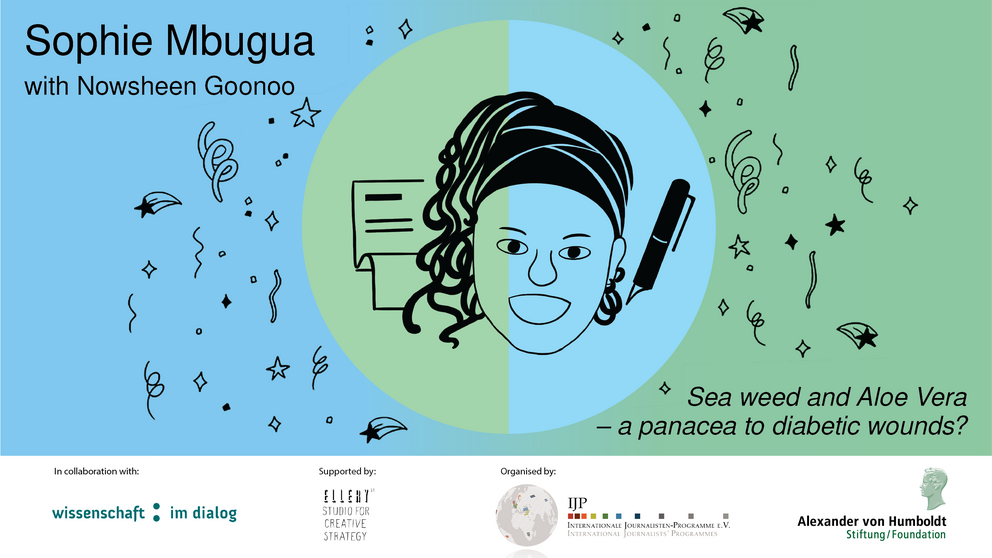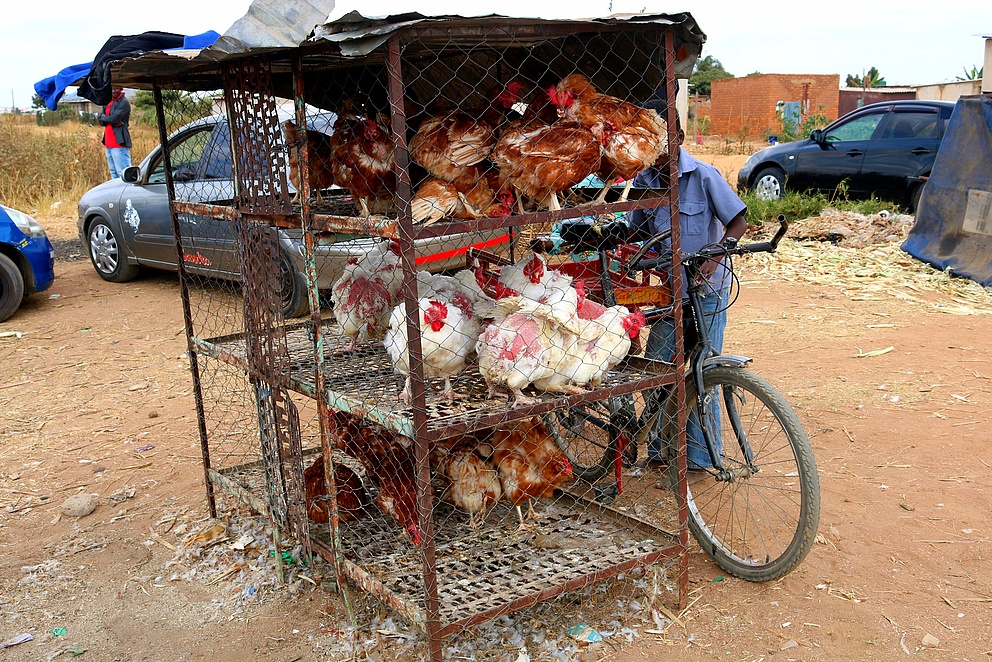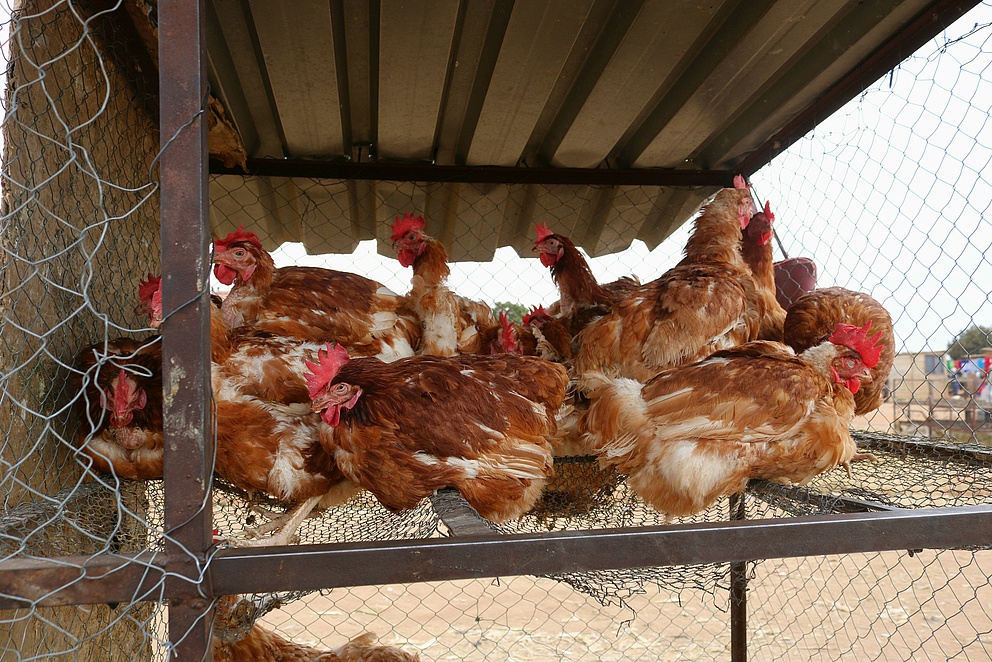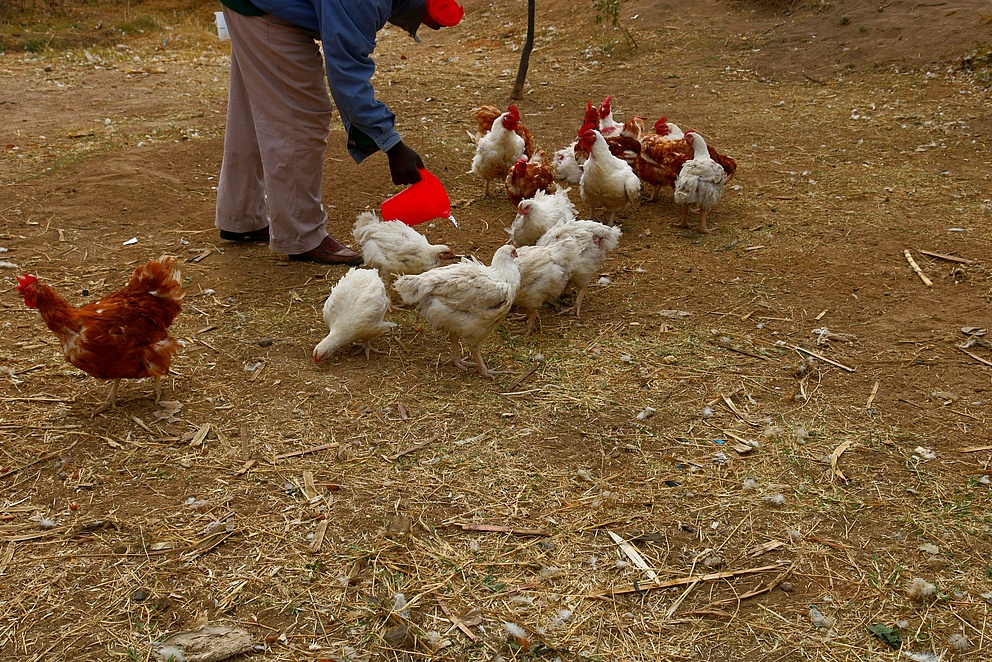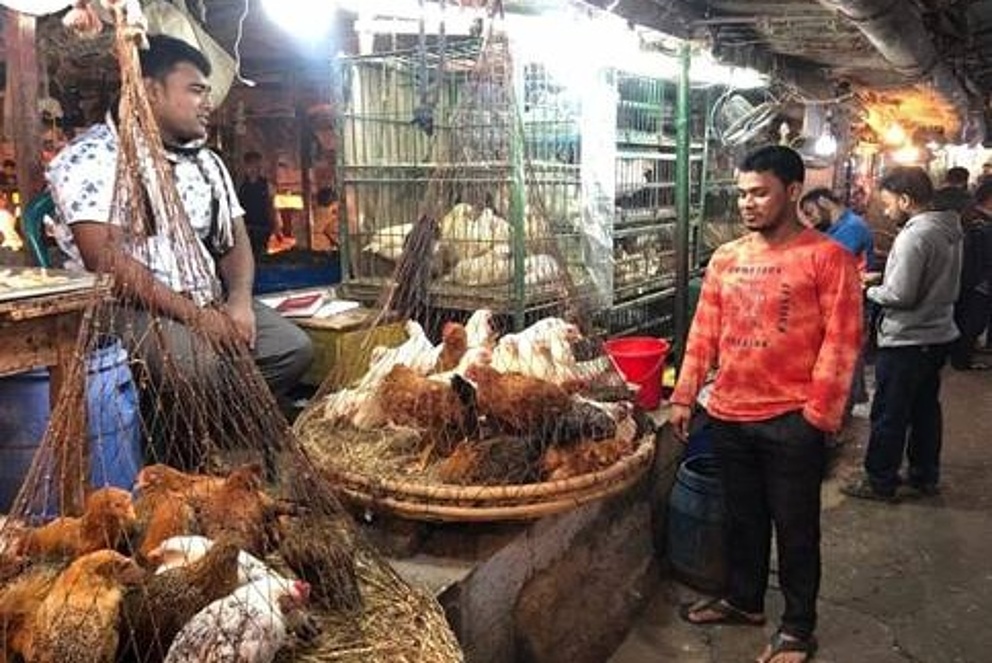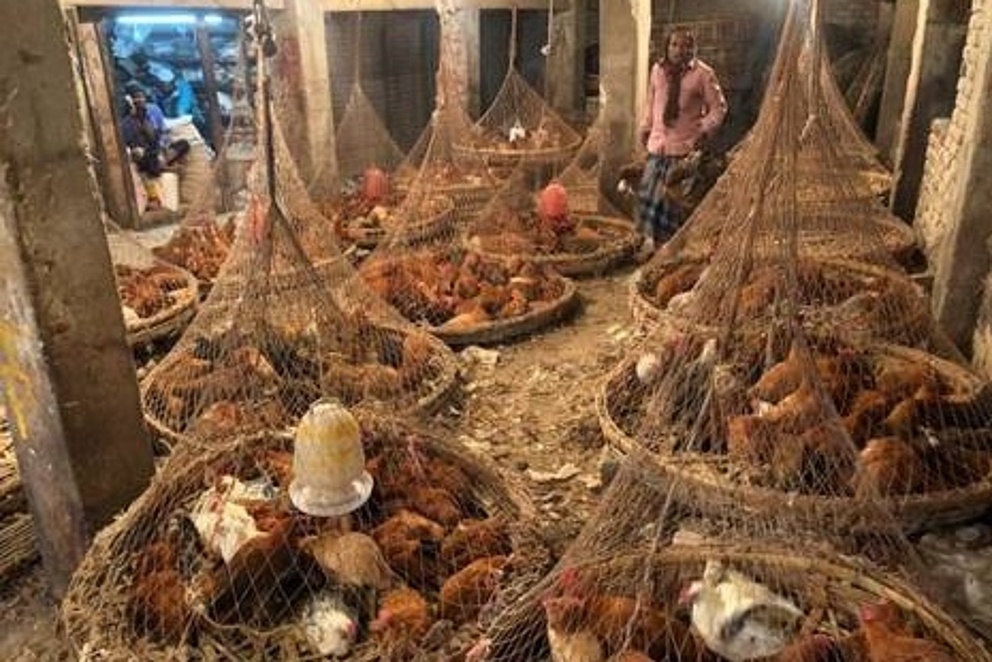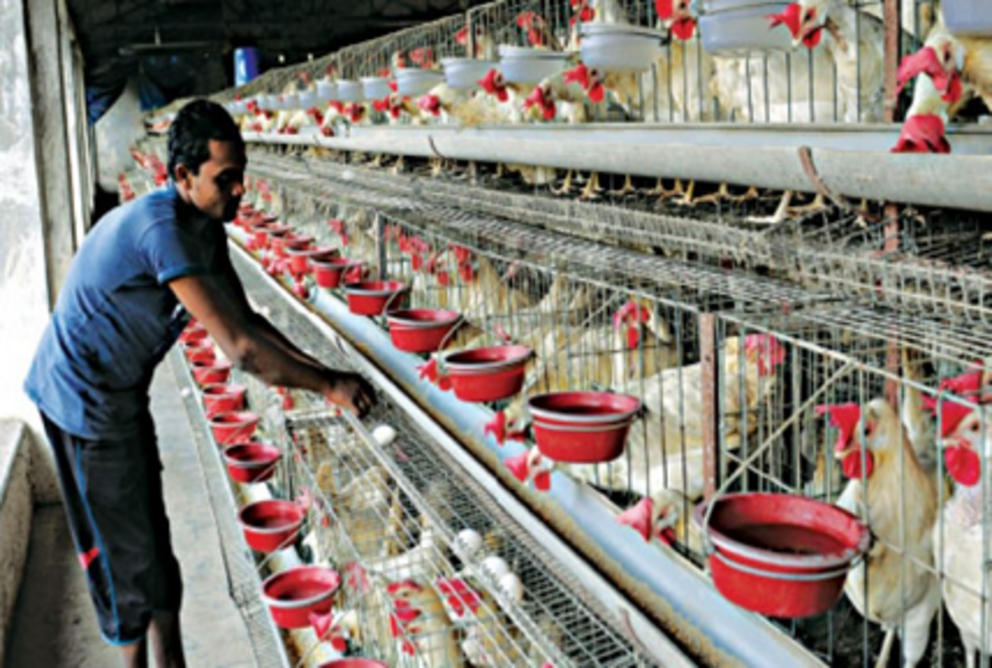Zum Inhalt springen
- {{#headlines}}
- {{title}} {{/headlines}}
Ausgezeichnete Beiträge
Die Alexander von Humboldt-Stiftung und die Internationalen Journalisten-Programme e.V. zeichnen drei der zehn im Communication Lab for Exchange between Research and Media entstandenen journalistischen Beiträge mit einem Geldpreis in Höhe von jeweils 500,00 Euro aus. Die prämierten Beiträge zeichnen sich durch Originalität in der Form und Wahl des Medium sowie durch eine gelungene Verzahnung zwischen wissenschaftlichen Fakten und Story aus. Die Jury hat ferner entschieden, für die Runde im Juni 2020 einen Sonderpreis zu vergeben.
Susan Valot mit “From Curious Kid to Virologist”
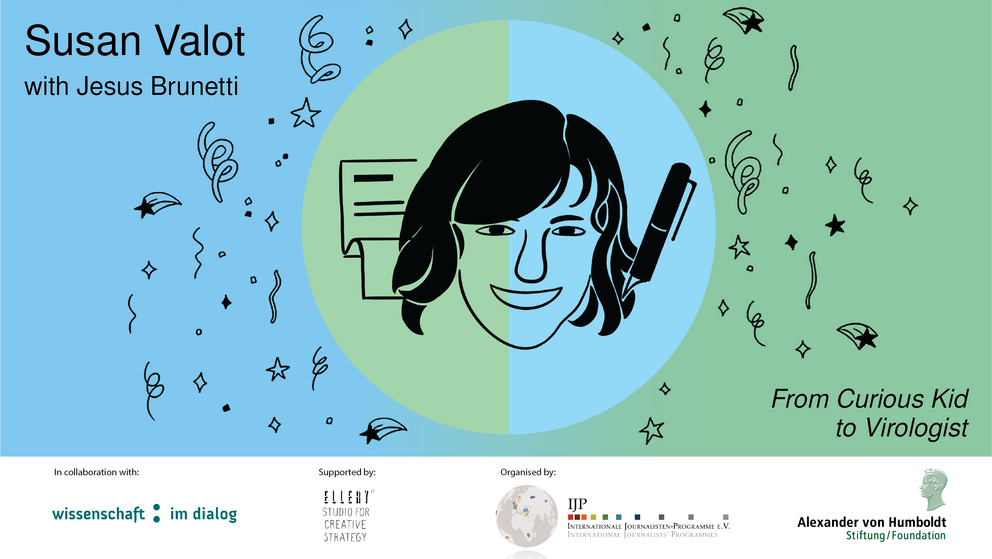
In der nonlinear angeordneten Collage aus Text- und Videoelementen erzählt die kalifornische Journalistin Susan Valot die Erfolgsgeschichte des argentinischen Virologen Jésus Brunetti. Das Stück vermittelt, wie der Nachwuchswissenschaftler, der aus einem trostlosen Viertel Buenos Aires stammt, mit seiner Forschung zum Junín Virus nicht nur ein gesellschaftlich relevantes und für sich befriedigendes Betätigungsfeld, sondern auch einen Weg aus der Perspektivlosigkeit gefunden hat. In der Wahl des Formats passt sich die Autorin geschickt an das Nutzungsverhalten junger Medienkonsument*innen an. Die multimediale Struktur des digitalen Formats bietet der jungen Zielgruppe die Möglichkeit zwischen verschiedenen story-lines zu wählen. So bringt das Format Klick für Klick junge Menschen in Interaktion mit dem Werdegang und dem Forschungsgegenstand des argentinischen Virologen. Mit ihrer lockeren Ansprache holt die Autorin ihre Zielgruppe auch sprachlich ab. So gelingt es ihr auf originelle Art und Weise dem jungen Publikum den Wert von kindlicher Neugier, Forschungsdrang und Wissenschaft nahe zu bringen.
Sophie Mbugua mit “Sea Weeds and Aloe Vera – a Panacea to Diabetic Wounds?”
Nach allen Regeln des Hörfunkjournalismus versteht es die kenianische Journalistin Sophie Mbugua in ihrer Radioreportage „Sea Weeds and Aloe Vera – A Panacea to Diabetic Wounds?“ den Hörenden in die Geschichte zu ziehen. Wie kann man erschwingliches Wundmaterial für Millionen von Diabetikern herstellen? Mittels personalisierten Erzählens verknüpft Mbugua die harten Fakten eines globalen Problems mit einer anschaulichen Geschichte. Mühelos bettet sie darin die Forschung der Humboldtianerin Nowsheen Goonoo ein. Diese forscht an erschwinglichem, nachhaltigem und biologisch abbaubarem Wundmaterial auf der Basis von natürlichen Ressourcen aus ihrer Heimat Mauritius. Eine erstklassige Radioreportage, die die Verknüpfung von lokalem Wissen mit globalen Anliegen aufzeigt.
Kennedy Nyavaya mit „Of hunger, poverty and zoonosis in developing countries (…how science could help plug the gap)”
Die Print-Reportage von Kennedy Nyavaya nimmt uns mit auf einen Marktplatz in Harare, ganz in der Nähe der Geflügelfarmen in den Außenbezirken der Hauptstadt von Simbabwe. Wir könnten uns aber auch in Bangladesch befinden. Die unsachgemäße Haltung von Geflügel stellt eine Gefahr für die Gesundheit von Tier und Mensch und für die Wirtschaft und Lebensmittelversorgung von ganzen Gesellschaftsschichten vor allem in Schwellen- und Entwicklungsländern dar, das ist das Thema der Reportage, die die Jury prämiert. Anschaulich verbindet Kennedy Nyavaya die wissenschaftlichen Informationen über Zoonosen und ihre Gefahren mit lebendigen Reportage-Elementen.
Text by Kennedy Nyavaya
A group of poultry vendors jostle to market their products, in complete defiance of government’s recommendation to maintain social distancing and curb the spread of covid19, whenever a possible customer walks by.
Located on the roadside, a livestock market that sits opposite the entrance to giant poultry industry- Irvines- is one of many dotted across Hopley Farm, on the outskirts of Harare.
The selling of live chicken, mainly sourced from Irvines, is brisk business as other protein alternatives like pork and beef have become too expensive for most local families.
However, these efforts to earn financial sustenance by the sellers or food security for the customers come with a veiled risk of exposure to zoonotic diseases in the largely unregulated poultry supply chains.
Sitting at one of the makeshift stalls, backyard poultry breeder Ben Chauke is ecstatic that his stock is almost sold out by midday.
“This is my only source of livelihood and on days when I get profits like this, it is enough for me and my family,” he told this reporter.
His excitement goes beyond the fact that his stock has sold well but the fact that it happened without him having had to fork out a fortune on costs for vaccination and other medication.
“A poultry business is good except when chicken get sick with various types of diseases that can claim up to 40 from a group of 100 chickens unless we invest well into medication,” said Chauke.
“It also usually depends on how well one cleans the hen house and whether they are getting enough heat or not because they need care and protection similar to that of humans.”
Small scale farmers like him are gamblers when it comes to animal health yet the little space they have for breeding compromises on hygiene, leading to a very high risk of disease spread.
Bangladeshi virologist Rokshana Parvin, who has been conducting research on avian influenza in her country for over a decade, says the mishandling of livestock in informal markets is a serious threat to food supply in developing countries.
“Infectious diseases especially viral diseases among livestock are a major threat to global animal health and welfare so their effective control is crucial for agronomic health, safeguarding and securing national and international food supplies as well as alleviating poverty,” says Parvin.
According to her, avian influenza viruses are now endemic in many parts of the world and “threats from old and new pathogens continue to emerge” with changes to global climate, agricultural practices and demography presenting conditions favorable for the spread.
This is enough reason to always keep update on circulating viruses in any country to avoid spike of disease to pandemic levels she says:
“That (constant research) would further help the society or community to get alert from the emergence of new pre-pandemic strain of the virus.”
According to the International Livestock Research Institute, zoonotic diseases- transmissible either directly or indirectly between animals and humans- are responsible for more than 2.4 billion cases of human illness and 2.2 million deaths per year.
The effects are grimmer in poor communities like most of Bangladesh and Zimbabwe where people have little nutritional options and depend on unsafe sources like backyard bred poultry for protein.
“People have to be educated on how to take good care of their animals and buying from reputable sources because zoonotic diseases are under reported locally,” a local veterinarian who preferred anonymity said.
Without full knowledge on animal health, the country’s disaster preparedness is compromised and the consequences could be far reaching.
“If we are not taking enough care for our animals it means if there is any problem within the animal health system it will also affect humans as they consume these products,” said the expert.
“Also, being an importer of livestock if we do not do is research to check for zoonotic disease in what is coming in, it becomes a big public health crisis.”
In 2017, the country battled with a highly contagious H5N8 bird flu which triggered import bans from other countries in Southern Africa, weighing heavily on local producers. But, unfettered sell of chicken continued within Zimbabwe’s borders.
“A person can never get flu from a chicken but the opposite could be true” says Chauke sarcastically.
Backyard breeders like him are said to sometimes slaughter sick chickens and sell the pieces to avert losses, a phenomenon he partially confirmed.
“There are some customers who can approach me saying they want the dying chickens, at a lower price of course, and there is no where I would refuse that and make a loss,” he revealed.
Ironically, the fear of zoonotic disease spread is more real now more than ever as a result of reports claiming that covid19 emerged from bat consumption in China.
Investigations show that avian influenza H5N1 strain (bird flu) is already endemic in many countries in the world, causing human infections and death.
“It is very much concern among the scientific community, that further mutation and re-assortment events within the circulating H5N1 virus may lead to emergence of a new pandemic strain that could kill more human lives,” said Parvin.
For a country like Zimbabwe conducting little to no research owing to resource constraints, these dangers are more pronounced and compounded by hunger, as half the population is projected to starve this year alone according to the World Food Programme.
There is urgent need for research and relatable ways of communicating how healthy rearing system of the poultry could minimize or limit disease outbreak says Parvin.
“We never should approach the community saying ‘do not eat chicken or duck, they transmit disease’,” she suggests.
“It will give a negative impression to the underprivileged societies or less educated community, rather we should motivate them to use basic hygienic and sanitization methods in the community.”
Meanwhile, whether small scale poultry farmers like Chauke or their customers choose to view the scientific revelations with the importance they solicit remains a mystery but turning a blind eye could be tragic in the future.
Sonderpreis: Mele Pesti für “The Life and Adventures of Brandon B. and Bea P.”
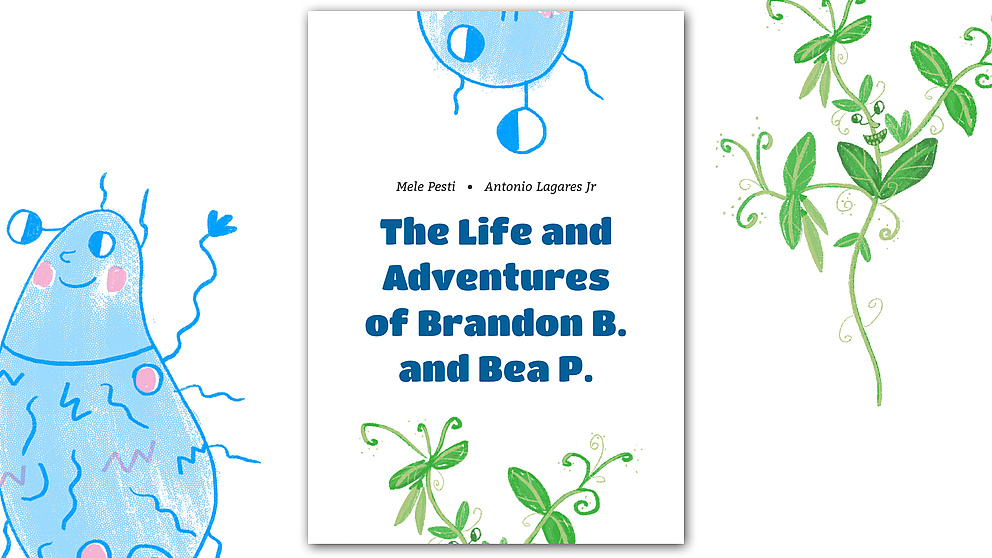
Ob im Pflanzenreich oder beim Menschen – ohne Bakterien wären lebenswichtige Stoffwechselprozesse nicht möglich. Das Medium, das die estnische Journalistin Mele Pesti für die Vermittlung von wissenschaftlichem Wissen über Bakterien gewählt hat, ist ein Kinderbuch – wunderschön illustriert und mit feinem Humor erzählt. Die Autorin lässt die faszinierende Existenz des Bakteriums Brandon B. und seine Rolle in Symbiosen mit Kulturpflanzen wie der Erbse Bea P. lebendig werden. Leicht verständlich und mit einem reichen Verständnis für die komplexen biochemischen Wechselwirkungen verwandelt das Buch mikroskopisch kleine Bakterien in liebenswerte Charaktere, an die sich die Leser*innen – ob jung oder alt – lange erinnern werden.

